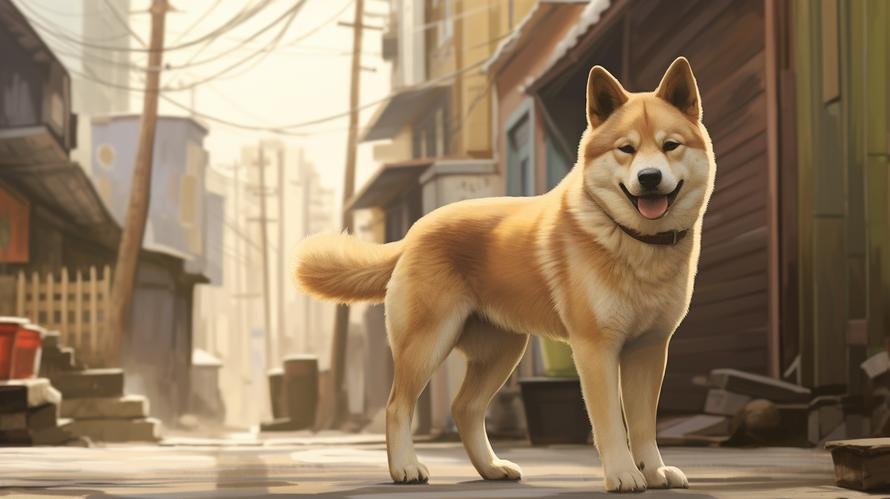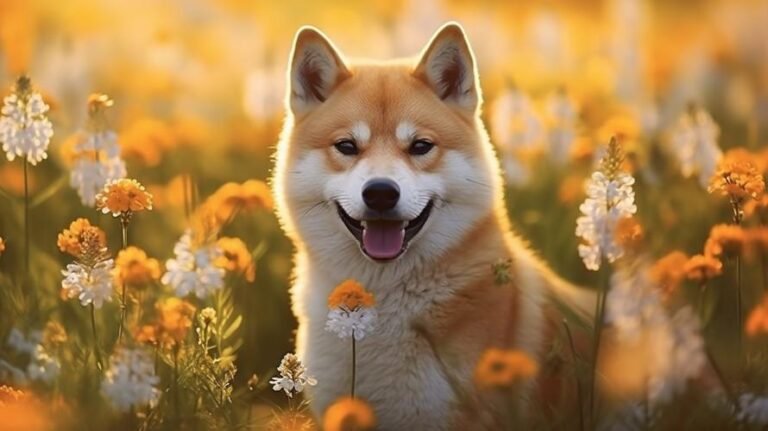Did you know, Akitas are named after the Akita province in the mountains of northern Japan, where they originally were bred? Possibly descendents of the world’s first dogs, these sturdy canines are as unique as their history. Any Akita parent would agree: there’s something truly regal about this breed. With favoring characteristics like alertness, courage, and devotion, they’re equally known for their fluffy tails and teddy bear-like features.
Keeping these strong, powerful creatures healthy is paramount for all Akita owners. One major aspect of the canine’s health comes from their diet. Just as we humans thrive on foods that cater to our specific nutritional needs, Akitas too require a diet that is tailored specifically to meet their unique dietary requirements.
Enlightening isn’t it? Many believe food is just food, but when it comes to these lovable creatures, it much more than that. Let’s get into why Akitas have specific dietary requirements and what’s the best food for them.
Being a large breed, Akitas require a diet rich in proteins from named animal sources. These proteins help overcome their quicker muscle deterioration and support their skeletal system. Start your Akita on a diet rich in high-quality animal proteins like fish, beef or chicken to keep them strong and active.
Further, sharing lineage with hunting dogs means that Akitas are genetically predisposed to being active. Foods rich in complex carbohydrates like whole grains are vital to sustaining their energy levels throughout the day. However, not just any random carb will do. Natural sources of fiber like vegetables and fruits are necessary to maintain their digestive health.
Another must-have in your Akita’s diet is Omega-3 fatty acids. Omega-3 fatty acids are so essential because Akitas are prone to skin ailments and hip dysplasia. Food rich in Omega-3 fatty acids not only helps in reducing inflammation but also improves the texture of their beautiful coarse coat, keeping it shiny and healthy.
But does that mean you should switch to a fish-based diet and ignore other sources of animal protein? Not at all! A balanced diet is the key to a healthy Akita. Feeding your beloved pet a varied diet also helps avoid food sensitivities that could arise due to the continuous ingestion of a single protein source.
Did you know that due to their high energy levels, an adult Akita can consume up to 3,000 calories a day? Hence a meal plan for an Akita will look significantly different from that of a smaller, less active breed. To meet their calorie needs, an Akita’s diet must include an appropriate mix of protein, fat, carbs, vitamins, and minerals.
Moving on, fat might scare some people due to its negative connotation with health, but did you know it is good for your Akita – at least in moderation? Fat serves as a concentrated source of energy. For active breeds like Akitas, a diet with substantial fat content can be quite beneficial.
Enough of nutrients! Let’s talk some specific foods. Some packaged and canned foods available in the market are perfectly suitable for Akitas. Look for those with a strong focus on high-quality, natural ingredients with named animal protein as the first ingredient.
Remember, as you move towards the nutrition aisle in the supermarket, never settle for generic “meat” or “animal” named products. Instead, stick to brands that clearly state the source of proteins, like ‘Chicken Meal’ or ‘Lamb Meal’. Not to forget, always ensure that the food has an appropriate balance of proteins, carbohydrates and fats and includes a comprehensive range of vital nutrients.
Take note, each dog reacts differently to different types of food. So, it’s best to study your Akita’s digestive behavior, skin condition, energy levels, and other health parameters as you change their diet. In case of any adverse reaction or confusion, do consult your vet.
Now that we’ve cleared the air on the ‘what’, it’s time to focus on the ‘how’. Serving your Akita’s meals can be a fun highlight of both of your days. Serve them two smaller meals instead of one large meal to avoid bloating or gastric torsion, a severe, potentially fatal condition that larger breeds like Akitas are prone to.
On a closing note, feeding your Akita the right diet could be the difference between an average lifespan and a phenomenal one. Invest time and effort into creating an optimal meal plan that suits their unique needs. After all, these beautiful creatures are more than just pets, they’re loved members of our family. Always remember, every minute you invest in deciding the best food for your Akita, you’re giving them a longer, healthier life. Now, that’s something to bark about!



